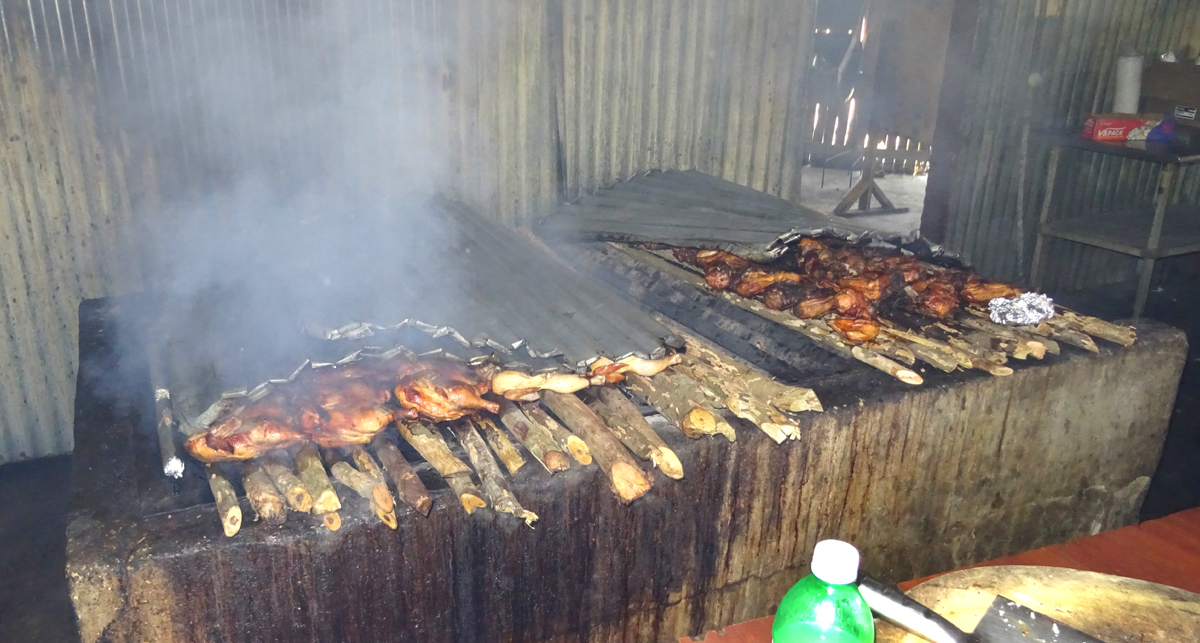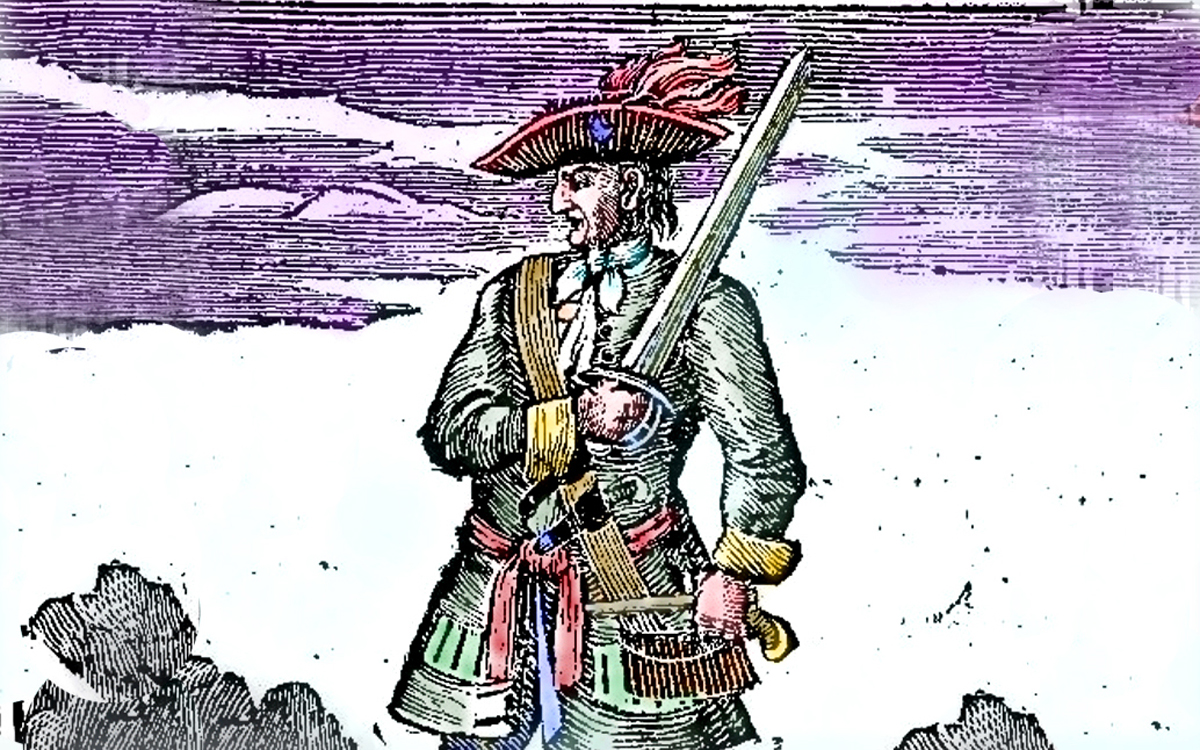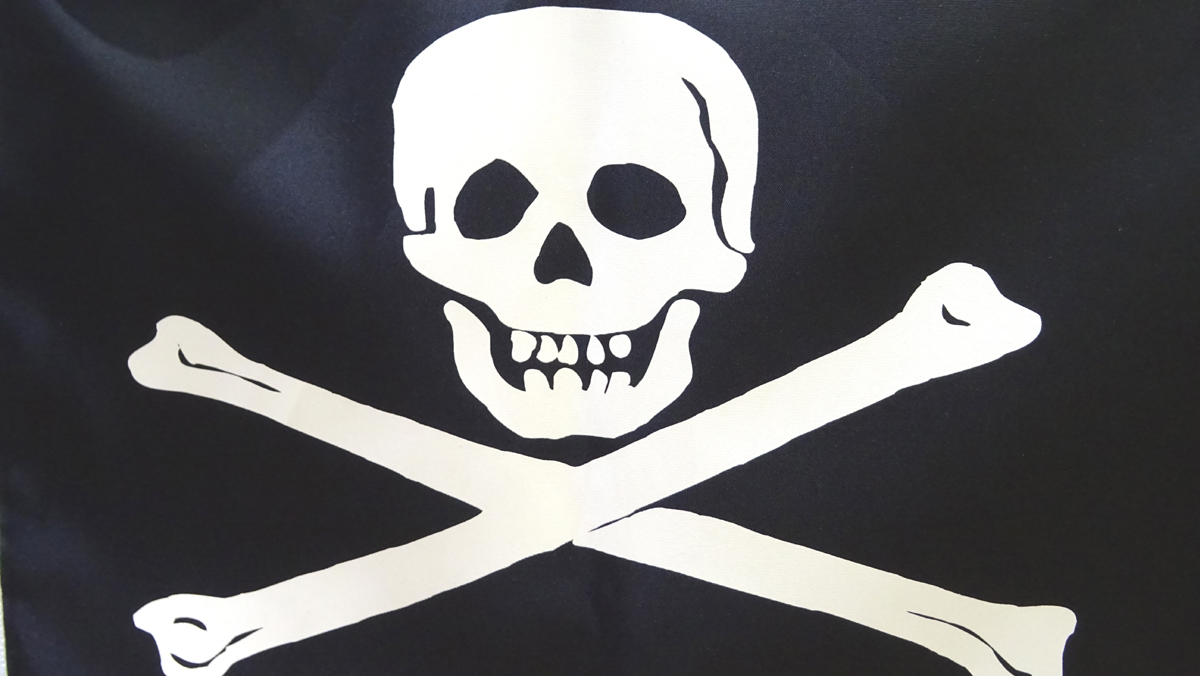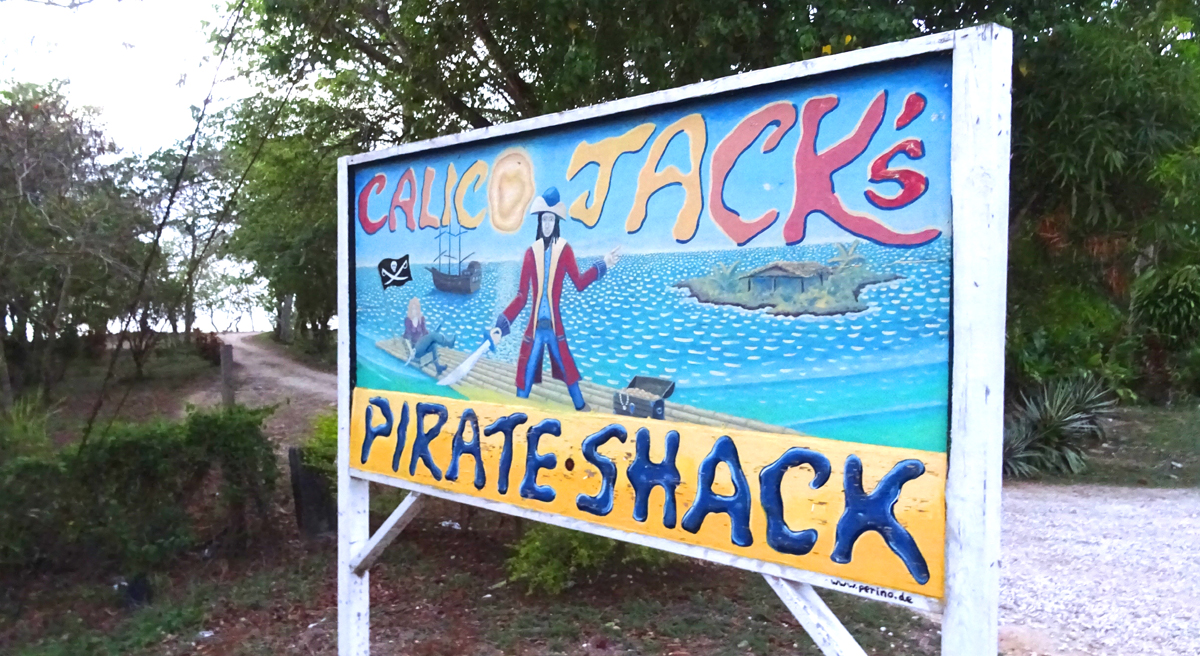Swashing Your Buckle in Negril--Pirates of Jamaica


Everybody has an inner pirate. As evidence I submit that there now exist five Pirates of the Caribbean movies. And the coast of Jamaica used to be darn near infested with pirates.

At the west end of Jamaica, Negril was popular with pirates who loitered and looted here, for the same reason it is Jamaica’s favorite party town today; it has the island’s lowest rainfall and driest climate. The average number of sunny days a year—350. Like most everywhere in Jamaica, there’s a possibility of a passing afternoon shower.
By the way…Fun Fact: In 1814 Andrew Jackson beat the British at the Battle of New Orleans. “Yeah they ran through the briers and they ran through the brambles and they ran through the bushes where a rabbit couldn’t go.” Where did those 50 British warships and six thousand men sail from? From Bloody Bay, Negril, Jamaica. They retreated back to here, too.

It was called Bloody Bay because of whale butchery here when the island was more known for the whalers than The Wailers. Today Bloody Bay is crystal clear turquoise and its waves deliver shells and starfish onto one of the top-ranked beaches in the world.

The Riu calls its wondrous all-inclusive mega-resort here the Riu Palace Tropical Bay because the word bloody is never a good marketing choice.

But you can find a Bloody Mary at the resort’s Bloody Bay bar.

Negril is where crowds gather every dusk to applaud the sun’s colorful exit from the tropical sky. Most of the many bars up and down Seven Mile Beach offer deck chairs for the sunset show, including at Margaritaville, where the playlist always includes A Pirate Looks at Forty (“The cannons don’t thunder, there’s nothing to plunder, I’m an over-forty victim of fate.”)
Jimmy Buffet was not the first 20th Century celebrity pirate to fall in love with Jamaica. Errol Flynn was a world-famous movie pirate (Again with the Blood!) when he docked his sailing yacht in Kingston for storm repairs, motorcycled to Port Antonio and found his personal paradise, where he owned a home, a hotel and a ranch until his death.
Photo credit: FFFmovieposters.com

In the early 1700s Montego Bay had a fort high above the west end of the Harbor where cannons discouraged pirates from loitering in the vicinity.

By the way, the Spaniards called it Manteca Bay, after the pig lard rendered and shipped from there in barrels. When the Spaniards fled and the English move in, they mangled Manteca into Montego. But best not to call it Pig Lard Bay.
Speaking of roasting pigs, the crews on pirate ships were often recruited from Tortuga near Haiti, an island of castaways, runaways, escapees and slaves. They were known for their method of roasting and preserving meat by smoking it over a fire; a technique called bucan. Those who cooked this way were called buccaneers. Has a more romantic ring today than would “swashbuckling meat smokers.”

Buccaneers and pirates felt at home in Jamaica. Chief among them was Captain Morgan, whose friends called him Henry and who was called other names by those in the cities he sacked across the Spanish Main from Cuba to Panama to Venezuela. His privateering against Spain won him a British appointment to the office of Lt. Governor of Jamaica, for crying out loud. Then, as today, one man’s pirate is another’s successful businessman.
Photo credit: Wiki Commons--Howard Pyle, Harper’s Magazine, December, 1888.

When Captain Morgan died (and he died rich) an amnesty was declared so all the pirates and privateers could attend his funeral. Their ships gave him a 22 gun salute as he was buried in Port Royal. Four years later an earthquake destroyed most of Port Royal and the graveyard where Captain Morgan was buried sank to the bottom of the sea, although at the tiki bars of the world, he remains immortal.

Another celebrated pirate of the Jamaican coast was Jack Rackham, known as Calico Jack because he favored greatcoats made from Indian calico.
Photo credit: Wiki Commons---Woodcut 1725

Legend has it that Jack and his female crew Anne Bonney and Mary Read were captured at Bloody Bay in Negril in 1720. The story goes that a Royal Navy pirate hunter caught the pirate crew drunk and that when the cannons fired, only the two women defended against the attack while the men cowered below deck. Jack was hanged in Port Royal as a warning to other pirates. The two women escaped the noose because they claimed to be pregnant.
Captain Jack’s claim to fame was not only that his best fighters were women, but that he designed the skull and crossbones. All pirates made their own flags, and his was black with a white skull over two crossed swords. Others turned the swords into bones and a souvenir industry was born.

Some say Captain Rackham and his ladies were caught farther east on the north coast past Montego Bay. But the Negril Chamber of Commerce is sticking to the Bloody Bay story, and as the newspaperman said in The Man Who Shot Liberty Valance, “When the legend becomes fact, print the legend.” No matter the true location of the capture of Jack and his female shipmates, there are beach bars around the island called Calico Jack’s. This one is in Negril, where one can both Yo and Ho Ho with a bottle of rum.
